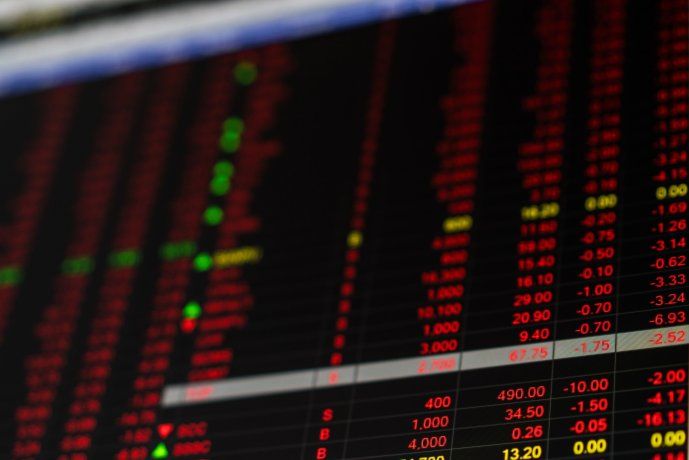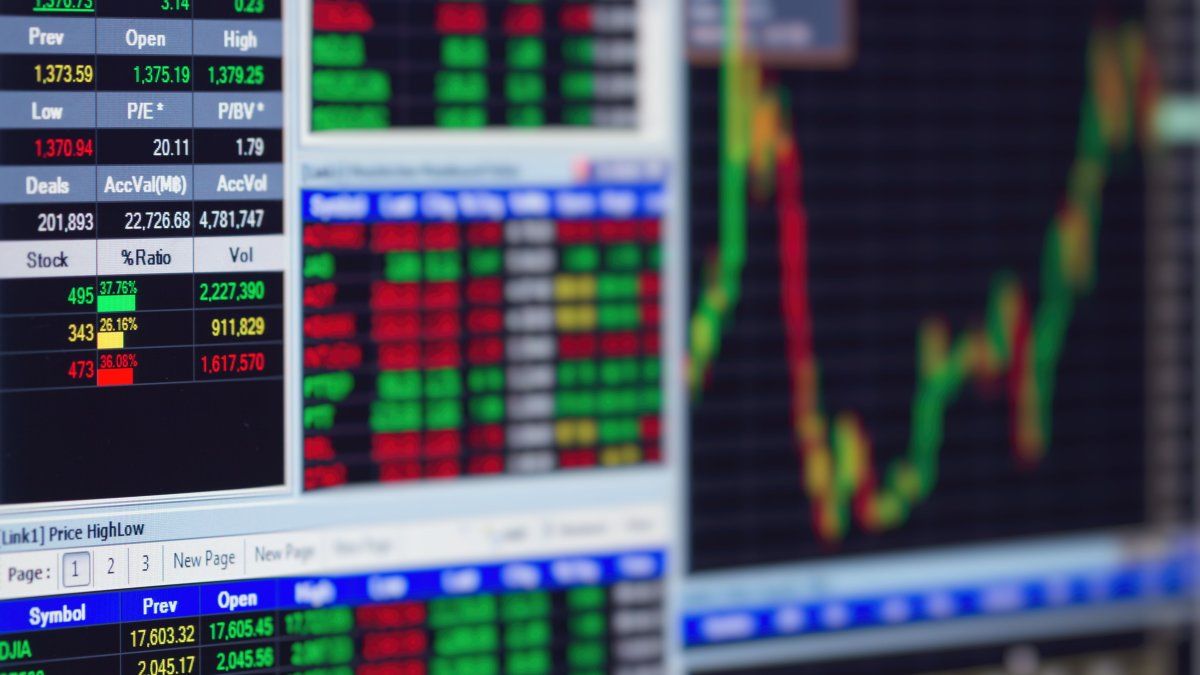In the first half of the year, economic investment decreased by 22.2%. The amount invested was US$6.33 billion per month in the last six months.
The activity numbers show a economy which seems far from recovery: according to a report by the consultancy Orlando Ferreres, the real investment fell a 27.5% in June and in the first half of the year total investment fell by 22.2%.
The content you want to access is exclusive for subscribers.
Regarding investment in dollars, The amount invested was US$ 6.33 billion per month over the past six months. One of the areas that suffered the most from the decline in investment was machinery and equipment: it registered a 25.9% annual contraction in June and thus showed a decrease of 18.2% in the last six months.


Real investment falls: figures for the last six months
In detail, the imported equipment registered a drop of 40.7%, while those of national origin fell 9.8%Meanwhile, investment in the construction sector contracted by 28.8% in June compared to the previous year, accelerating its rate of decline compared to the previous two months.
markets stocks investments finances live stock exchanges

Depositphotos
In cumulative terms, The sector’s decline is 25.5% for the first half of the yearThus, as we approach the middle of the current year, investment shows no signs of recovery, and although it did not break through the floor reached in March, the second quarter of the year reflects a contraction of 4.2% compared to the first quarter, in seasonally adjusted terms.
Recently the government announced a relaxation of the restrictions for those who want to access the foreign exchange market through purchases abroad, allowing the financial cost of these operations to be lowered somewhat.
Investments fell in the second quarter, although they rose in an unusual area
The Imports of productive capital goods (PCG) During the second quarter, they reached US$1.799 billion, which represented a year-on-year drop of 17.5% and a 6.6% drop compared to the first quarter, according to data from the Economic Policy Secretariat of the Ministry of Economy. In the last 6 quarters, only negative variations were observed in year-on-year terms.
The productive capital goods import monitor (BKP) allows to approximate the investment made by the different productive activities. The capital goods included are classified into three broad categories: general-use capital goods, specific-use goods and goods linked to transportation.
Disaggregated data, 38% of BKP imports were specific-use goodsthat is, equipment demanded by a particular branch of activity; 31% to general-use BKP, transversal to all sectors, while the remaining 31% to BKP associated with transport.
Source: Ambito




